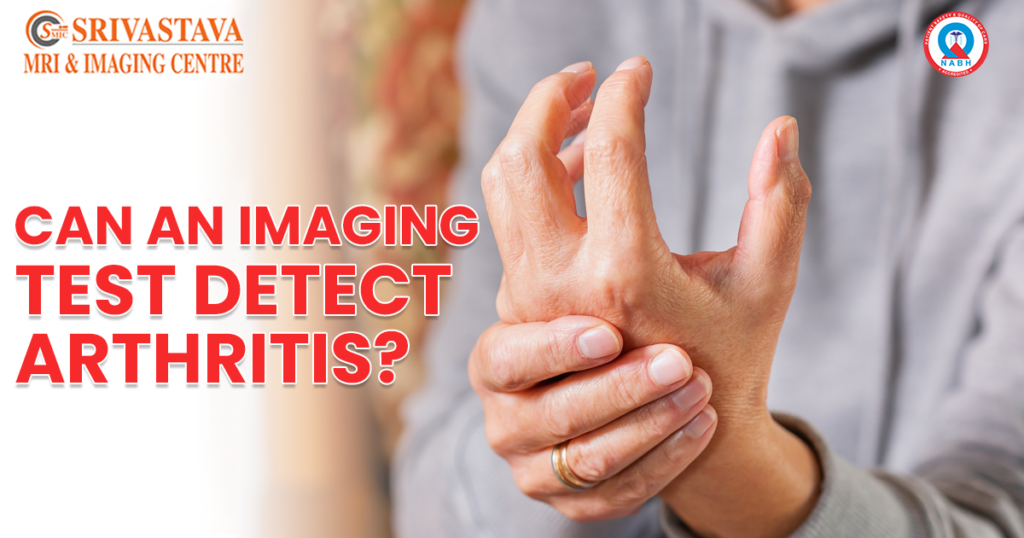Arthritis is a common condition that affects millions of people worldwide. While its diagnosis relies primarily on clinical evaluation, medical imaging tests play a crucial role in confirming and assessing the extent of arthritis.
Understanding Arthritis:
Arthritis refers to the inflammation of one or more joints in the body, resulting in pain, stiffness, and limited mobility. The most common forms are osteoarthritis (OA) and rheumatoid arthritis (RA). OA typically occurs due to age-related wear and tear on the joints, while RA is an autoimmune disorder. Both types can significantly impact a person’s quality of life.
Imaging Techniques for Arthritis Detection:
- X-rays: X-ray imaging is commonly used in diagnosing arthritis. It can reveal joint damage, such as narrowed joint spaces, bone spurs, and abnormal bone density. X-rays are particularly effective in diagnosing osteoarthritis and evaluating its progression over time.
- Magnetic Resonance Imaging (MRI): MRI provides detailed images of the soft tissues, including cartilage, tendons, and ligaments. This imaging technique is especially useful for detecting early signs of rheumatoid arthritis, assessing disease activity, identifying joint inflammation, and monitoring treatment response. You get the Best MRI Centre in jasola vihar.
- Ultrasound: Ultrasound uses high-frequency sound waves to produce real-time images of the joints. It helps visualize soft tissues, such as synovial inflammation, joint effusions, and tendon abnormalities. Ultrasound is valuable in guiding joint
injections, as it allows precise needle placement. You can get the best care at the Best Ultrasound Centre in mayur vihar.
Benefits of Imaging Tests in Arthritis Management:
- Accurate diagnosis: Imaging tests provide objective evidence of joint damage, aiding in the diagnosis and differentiation of various types of arthritis.
- Treatment planning: Imaging findings help determine appropriate treatment strategies, such as medication, physical therapy, or surgical intervention.
- Monitoring disease progression: Repeat imaging allows healthcare providers to assess disease progression, evaluate treatment effectiveness, and make necessary adjustments to the management plan.
- Research and development: Imaging techniques contribute to ongoing research, allowing scientists to gain a deeper understanding of arthritis mechanisms and develop new therapies.
Conclusion:
Imaging tests, including X-rays, MRI, and ultrasound, play a crucial role in the detection, diagnosis, and management of arthritis. These non-invasive techniques provide valuable insights into joint damage, disease activity, and treatment response, enabling healthcare providers to offer personalized care to individuals with arthritis. Soon the problem is diagnosed the better results you can get with doctors. Srivastava MRI & Imaging Centre is the best diagnostic centre in Delhi NCR, where you can get the best professional care with a high-tech diagnostic machine



